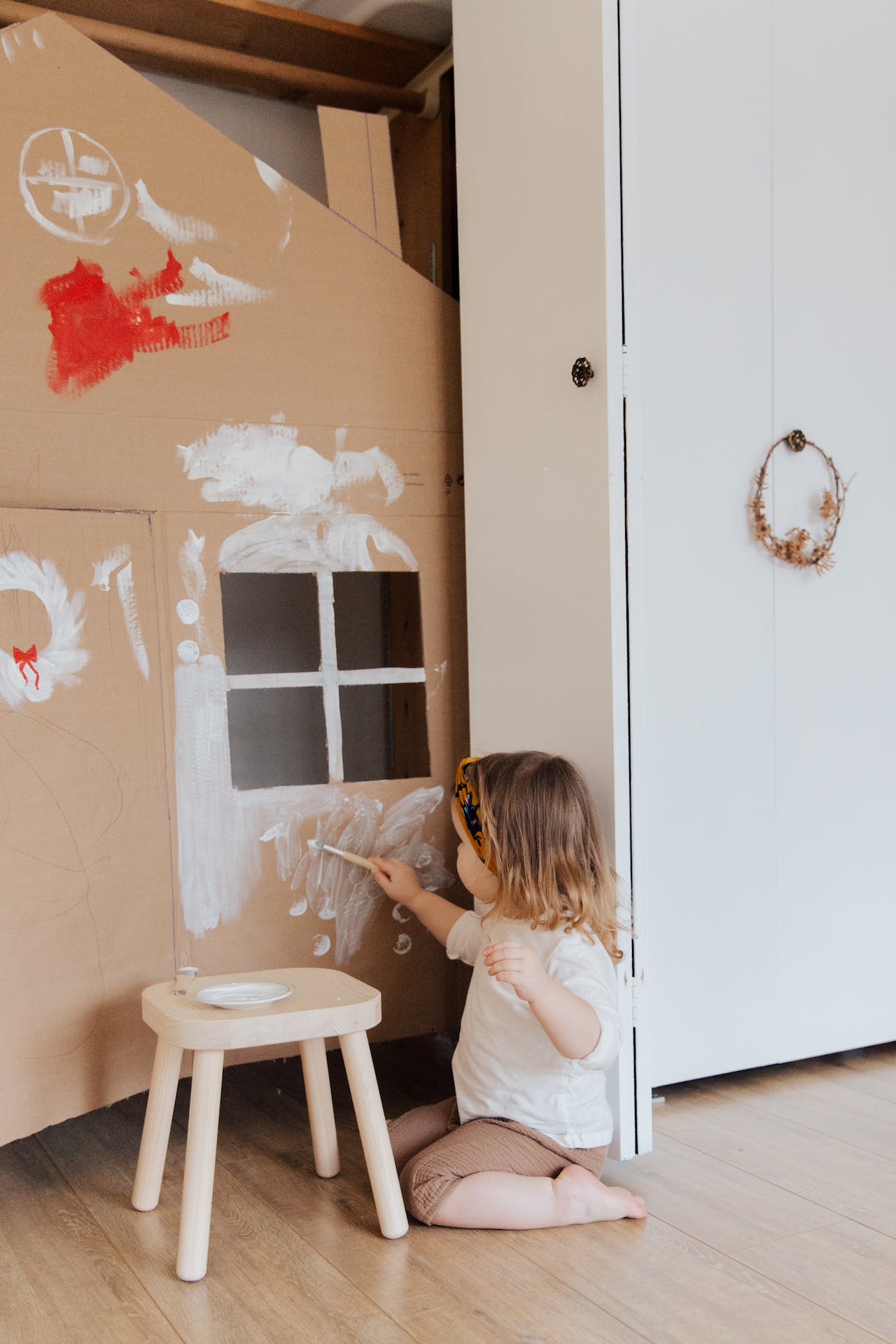Philadelphia homeowners have been drawn to the timeless elegance of stucco-clad houses, but there is a malignant problem lurking behind the scenes: potential problems related to stucco. These structures are threatened by cracks, discoloration, and moisture intrusion.
Nevertheless, achieving longevity and beauty for the home still poses a challenge. But there is a positively active solution: a thorough stucco inspection. Residents can discover these hidden problems by exploring the visual complexities of stucco exteriors and using tools such as moisture meters or even simple tap tests.
Together with consultation from local stucco specialists, the quick response makes sure homeowners are able to take action quickly and protect their homes against heavy damage. In this article, we’ll look at five essential tips that will allow you to preserve the architectural splendor of your stucco-clad home.
What is Stucco?
Stucco is a cement-like by-product applied to the exterior of a home in multiple coatings about one inch thick. Its texture ranges from smooth to textured, depending on how it’s applied. It can be applied over masonry or wood frame. Traditionally, it’s made of cement, lime and sand.
The stucco system in Philadelphia has diversified to tackle weather-related problems such as high temperatures. For example, you can either go for texture-based stucco, such as acrylic, or you can go for property-based stucco, such as insulated or crack suppression, which addresses cracking and other problems that can occur with stucco. However, proper stucco inspection Philadelphia should be done beforehand so that you don’t face any problems afterward.
There are various essential tips for stucco inspection; some of them are listed below: -
1. Start with Visual Inspection
Inspecting the stucco on Philadelphia homes in depth begins with a detailed inspection of the outside. This significant step consists of carefully inspecting the stucco surface and checking for defects such as cracks, discoloration, or any unevenness on the surface.
The areas to examine carefully are corners, windows, doors, and around the foundation. Philadelphia has a unique architectural style, so discerning potential stucco problems early on requires an alert eye.
2. Examine the Moisture Content of Philadelphia’s Climate
When it comes to protecting Philadelphia homes with stucco exteriors, preventing moisture intrusion must come first. The climate of the city demands excellent attention. Using a moisture meter, look at places most likely to experience water intrusion, including the bottom edges of walls and around windows, as well as eaves (near the roofline).
Therefore, early detection of elevated moisture levels becomes extremely important. Philadelphia’s weather dynamics make moisture intrusion a common problem. Quick recognition and correction of such issues will help avoid extensive damage, reducing the need for expensive repairs.
Inspecting the stucco with a moisture meter includes being proactive and giving homeowners something to brace their homes against climate conditions commonly found in Philadelphia.
3. Check Urban Homes with a Tap Test
The tap test is an essential step in a comprehensive stucco assessment suitable to the Philadelphia environment. This is done by gently tapping the stucco surface with a mallet so that problems hidden beneath may be detected. The densely stuccoed urban areas are full of structures such as walls and piers.
If you listen carefully, hollow sounds can be heard, or the tapping sound varies a little bit. That may be the sound of a separation between stucco and substrate, which might indicate problems. This diagnostic tool is merely a first-level assessment of the plaster.
However, though not comprehensive, the tap test serves as a helpful litmus, pointing homeowners in directions that require closer scrutiny and perhaps preventive measures so their urban stucco-clad homes in Philadelphia remain intact.
4. Analyze Sealant and Flashing in the City’s Structure
Maintaining the integrity of stucco in Philadelphia’s eclectic architectural landscape requires a close examination of flashing and sealant. Flashing, loaded around windows and doors, as well as openings in the weather-resistant barrier, demands inspection to see if details fit together neatly.
Gaps or damage in the flashing can weaken the entire stucco system. The inspection of sealant around joints, edges, and penetrations is just as important. A bad sealant reduces the stucco’s ability to resist water, threatening disaster in a city with changing weather patterns.
A thorough inspection and speedy replacement or repair of damaged flashing and sealant components are just two necessary steps in reinforcing the stucco system against water penetration. In doing so, you protect your home’s structure and help maintain its beauty in Philadelphia.
5. Consult Local Stucco Experts for Advice
Hiring a stucco specialist is the most important step in getting an all-encompassing inspection that can meet each unique set of requirements for Philadelphia homes. Though homeowners can do surface checks, professionals bring experience and equipment to go further. In an urban setting such as Philadelphia, stucco experts use infrared imaging to reveal hidden moisture problems that are not apparent on the surface.
These insights give a comprehensive picture of the state of your stucco siding, with recommendations for any repairs or upkeep that may be needed. Discussing stucco treatments with local industry experts is like taking preventive medicine, avoiding becoming big surgical operations out of small complaints.
Conclusion
In Philadelphia, carrying out a thorough stucco inspection is important to ensure your home’s character and toughness. These five guidelines can help homeowners identify and resolve problems that are peculiar to the city’s environment.
Routine inspections coupled with local professional expertise can help avoid stucco-based problems, and the enchanting charms of Philadelphia’s homes will last for eternity.






































